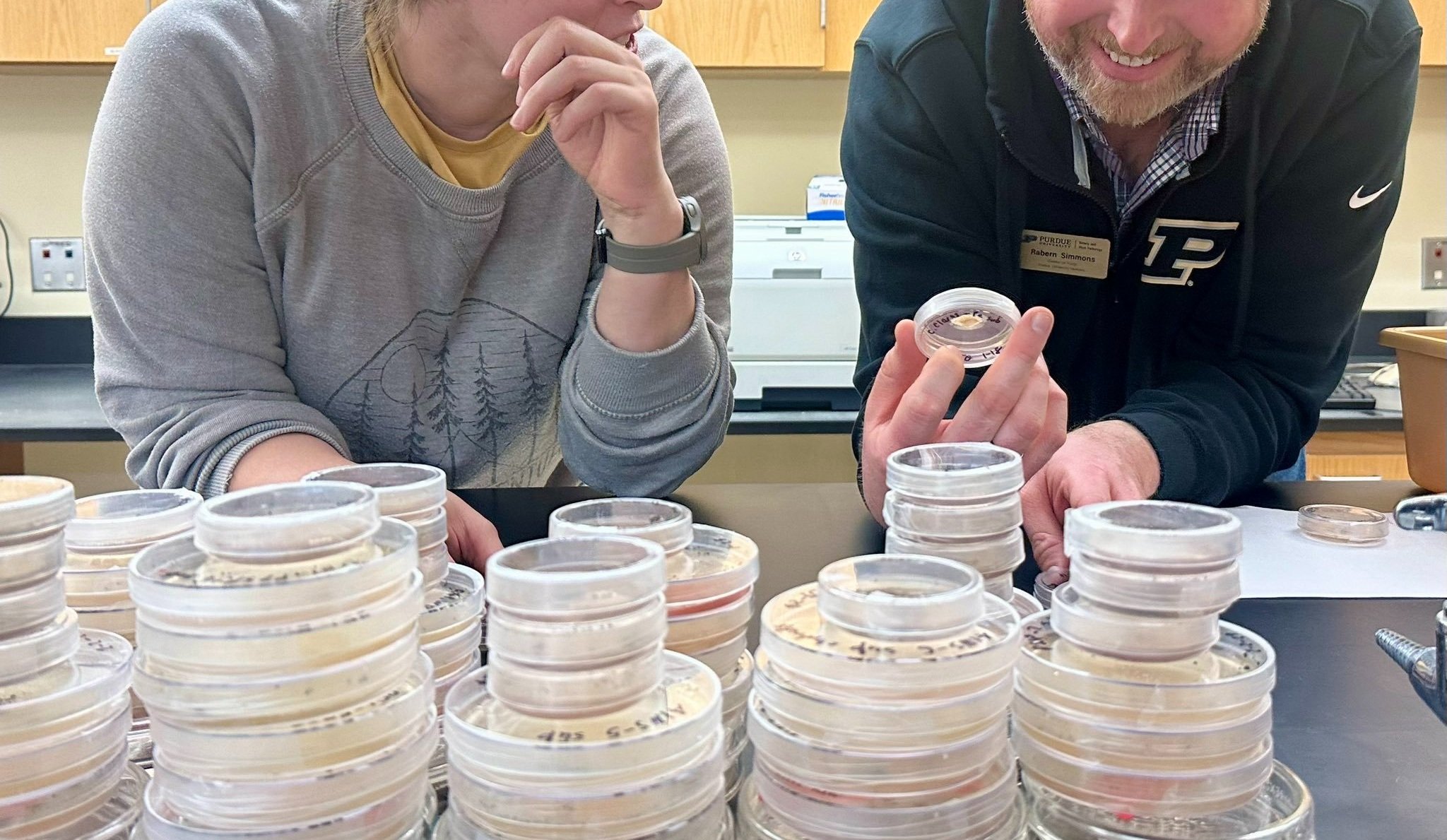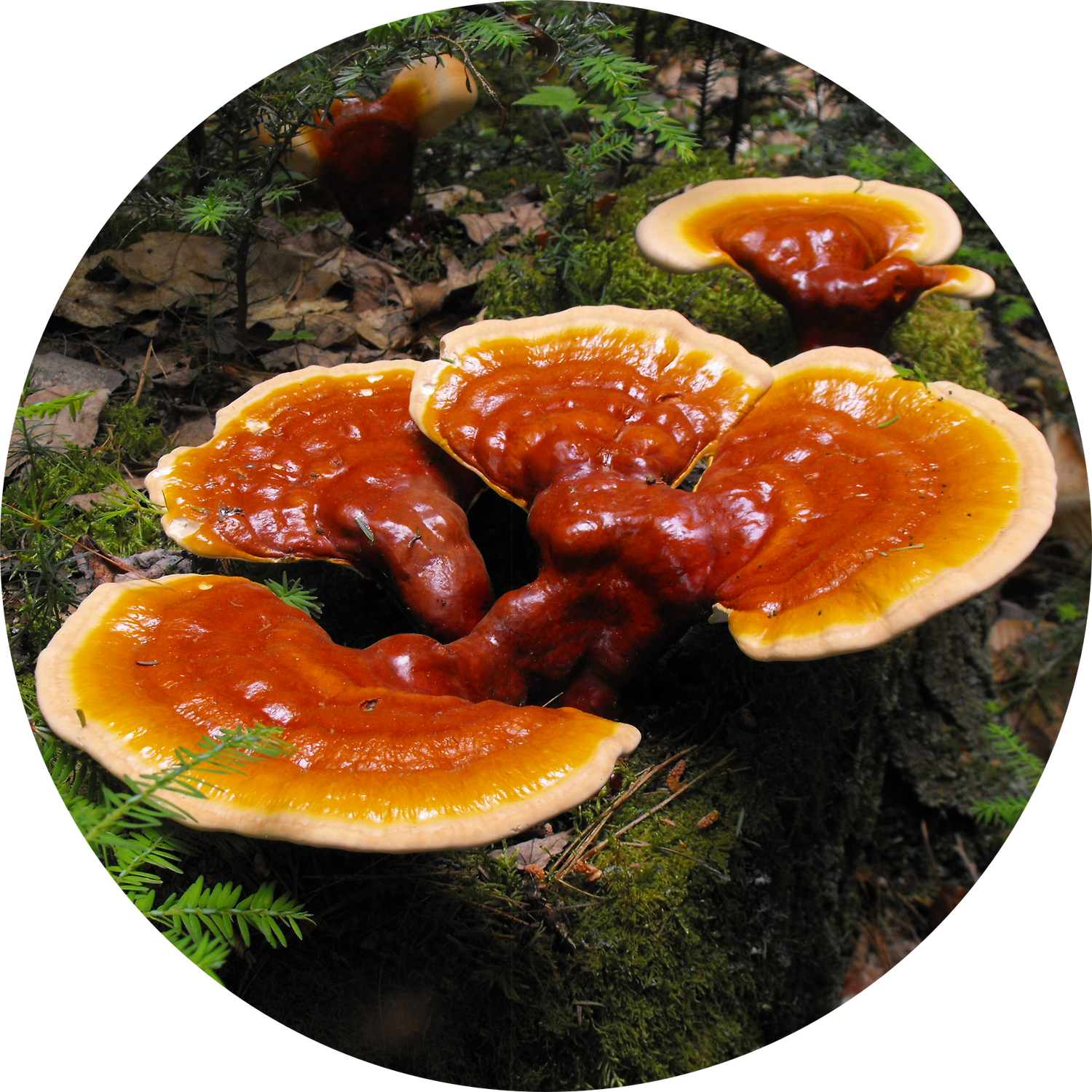
Media Recipes
Originally prepared for the Collection of Zoosporic Eufungi at the University of Michigan
Autoclave all culture media before preparing agar plates or liquid media. For liquid media, exclude the agar from the recipes below.
Notes on antibiotics:
For isolation media, the use of antibiotics, such as penicillin and streptomycin sulfate, is highly recommended. Once a pure culture is established, the use of media without antibiotics is acceptable. To add antibiotics to a medium:
Allow the media to cool for approximately 30 minutes after autoclaving to sterilize. Addition of the antibiotics to a hot medium will denature and destroy the antibiotics.
Before pouring agar medium or distributing liquid medium, aseptically add ~200mg/L penicillin and ~200-500mg/L streptomycin sulfate to the medium, swirling to mix. Then proceed with your medium distribution.
The code “+” is added after medium abbreviations on receptacles to denote that the medium contains antibiotics.
1% Tryptone (1%T)
10 grams Agar
10 grams Tryptone
1 liter Distilled Water
CZEUM uses this medium exclusively for isolates of Batrachochytrium dendrobatidis (Bd). Though Longcore initially isolated Bd using TGhL agar (Longcore et al. 1999), she switched to using 1%T shortly thereafter as a simpler, effective alternative.
Cd
10 grams Agar
4 grams Cellobiose
0.4 grams Peptonized Milk
4 grams Soluble Starch
0.4 grams Tryptone
1 liter Distilled Water
This medium was developed by Longcore as a consolidation of two culture media, C-T and dss. Containing both cellobiose and soluble starch, this medium may be preferable when isolating zoosporic eufungi from aquatic plant detritus. Reference: Longcore and Simmons 2012.
C-T
10 grams Agar
4 grams Cellobiose
0.4 gram Tryptone
1 liter Distilled Water
This medium was previously used by Longcore for isolating zoosporic eufungi from aquatic plant detritus. However, Longcore consolidated this and another medium to make Cd medium (Longcore and Simmons 2012). Should all of the ingredients be available to you, the CZEUM staff recommend using Cd medium.
dss
10 grams Agar
0.2 gram Peptonized Milk
4 grams Soluble Starch
0.2 gram Tryptone
1 Liter Distilled Water
This medium was previously used by Longcore for isolating zoosporic eufungi from aquatic plant detritus. However, Longcore consolidated this and another medium to make Cd medium (Longcore and Simmons 2012). Should all of the ingredients be available to you, the CZEUM staff recommend using Cd medium.
E/4 (Emerson’s ¼ strength)
Emerson’s medium is YpSs. See YpSs/4 for recipe.
LB
Boil 1 package of Frozen Lima Beans for 0.5 hr in 1 liter of Sterile Distilled Water
Filter the solution through cheese cloth to remove lima beans
Add Distilled Water to reach final volume of 1 liter
Add 10 grams Agar
M&L
Modified Machlis’ Solution
4 grams NH4NO3 (Final Conc: 5 X 10-3 M)
0.72 gram CaCl2 (Final Conc: 5 X 10-4 M)
0.6 gram MgSO4 (Final Conc: 5 X 10-4 M)
13.4 grams Na2HPO4 (Final Conc: 5 X 10-3 M)
1 Liter Distilled Water
M&L
14 grams Agar
0.5 gram Asparagine
1.2 grams Dextrose
0.6 gram N-Acetyl Glucosamine
2 grams Tryptone
50 mL Modified Machlis’ Solution
1 liter Distilled Water
This medium was originally described for the isolation and study of an obligate chitinophilic chytrid. Longcore and Simmons (2012) found this medium to be useful for members of the Polychytriales and other chitinophilic zoosporic eufungi that were more inclined to grow on chitin than agar medium. Reference: Murray and Lovett 1966.
Malt extract agar (MEA)
15 grams Agar
20 grams Malt Extract
1 gram Peptone
20 grams Dextrose
1 Liter Distilled Water
mPmTG (modified PmTG, or m)
10 grams Agar
2 grams Dextrose
0.4 gram Peptonized Milk
0.4 gram Tryptone
1 liter Distilled Water
This medium contains the same nutrients as PmTG, but at 40% strength. This dilute medium provides a suitable substrate for most chytrids while discouraging contaminants with higher nutrient requirements. Anecdotally, most non-pathogenic cultures in the CZEUM will grow on either this medium or PmTG. Reference: Longcore 1992.
PmTG (P)
10 grams Agar
5 grams Dextrose
1 gram Peptonized Milk
1 gram Tryptone
1 liter Distilled Water
This medium is the default chytrid culturing medium of the JEL and UACCC, and can be used across the Blastocladiomycota and several orders of the Chytridiomycota, especially for saprobic species. Anecdotally, most non-pathogenic cultures in the CZEUM will grow on either this medium or mPmTG. Reference: Barr 1986.
PmT
10 grams Agar
1 gram Peptonized Milk
1 gram Tryptone
1 liter Distilled Water
This medium contains the same nutrients as PmTG, with the exclusion of glucose as the primary carbon source. This medium has proven useful for the isolation and maintenance of members of the Lobulomycetales (Phylum Chytridiomycota) and chytrid fungi parasites of green algae. Reference: Simmons et al. 2009.
YpSs (Y)
YpSs (Y)
20 grams Agar
1 gram K2HPO4.3H20 (dibasic)
0.5 gram MgSO4.7H2O
15 grams Soluble Starch
4 grams Yeast Extract
1 liter Distilled Water
YpSs/4 (Y/4)
YpSs/8 (Y/8)
Developed by Ralph Emerson (1958), YpSs has been used for many zoosporic eufungi cultured for classroom observations (e.g., Chytridiomycetales, Rhizophydiales, Spizellomycetales). Today, CZEUM uses YpSs primarily for the culturing of Allomyces species (Phylum Blastocladiomycota). Less concentrated recipes (i.e., YpSs/4, YpSs/8) can be used to slow the metabolism of Allomyces or make species susceptible to infection by pathogens (i.e., Rozella (Phylum Cryptomycota)) when the host and pathogen are dual members of a pure culture.
References
Barr DJS | 1986 | Allochytridium expandens rediscovered: Morphology, physiology and zoospore ultrastructure | Mycologia | 78(3):439–448 | doi.org/10.1080/00275514.1986.12025267
Emerson R | 1958 | Mycological organization | Mycologia | 50(5):589–621 | doi.org/10.1080/00275514.1958.12024755
Longcore JE | 1992 | Morphology, occurrence, and zoospore ultrastructure of Podochytrium dentatum sp. nov. (Chytridiales) | Mycologia | 84(2):183–192 | doi.org/10.1080/00275514.1992.12026125
Longcore JE, Pessier AP, Nichols DK | 1999 | Batrachochytrium dendrobatidis gen. et sp. nov., a chytrid pathogenic to amphibians | Mycologia | 91(2):219–227 | doi.org/10.1080/00275514.1999.12061011
Longcore JE, Simmons DR | 2012 | The Polychytriales ord. nov. contains chitinophilic members of the rhizophlyctoid alliance | Mycologia | 104(1):276–294 | doi.org/10.3852/11-193
Murray CL, Lovett JS | 1966 | Nutritional requirements of the chytrid Karlingia asterocysta, an obligate chitinophile | American Journal of Botany | 53(5):469–476
Simmons DR, James TY, Meyer AF, Longcore JE | 2009 | Lobulomycetales, a new order in the Chytridiomycota | Mycological Research | 113(4):450–460 | doi.org/10.1016/j.mycres.2008.11.019
